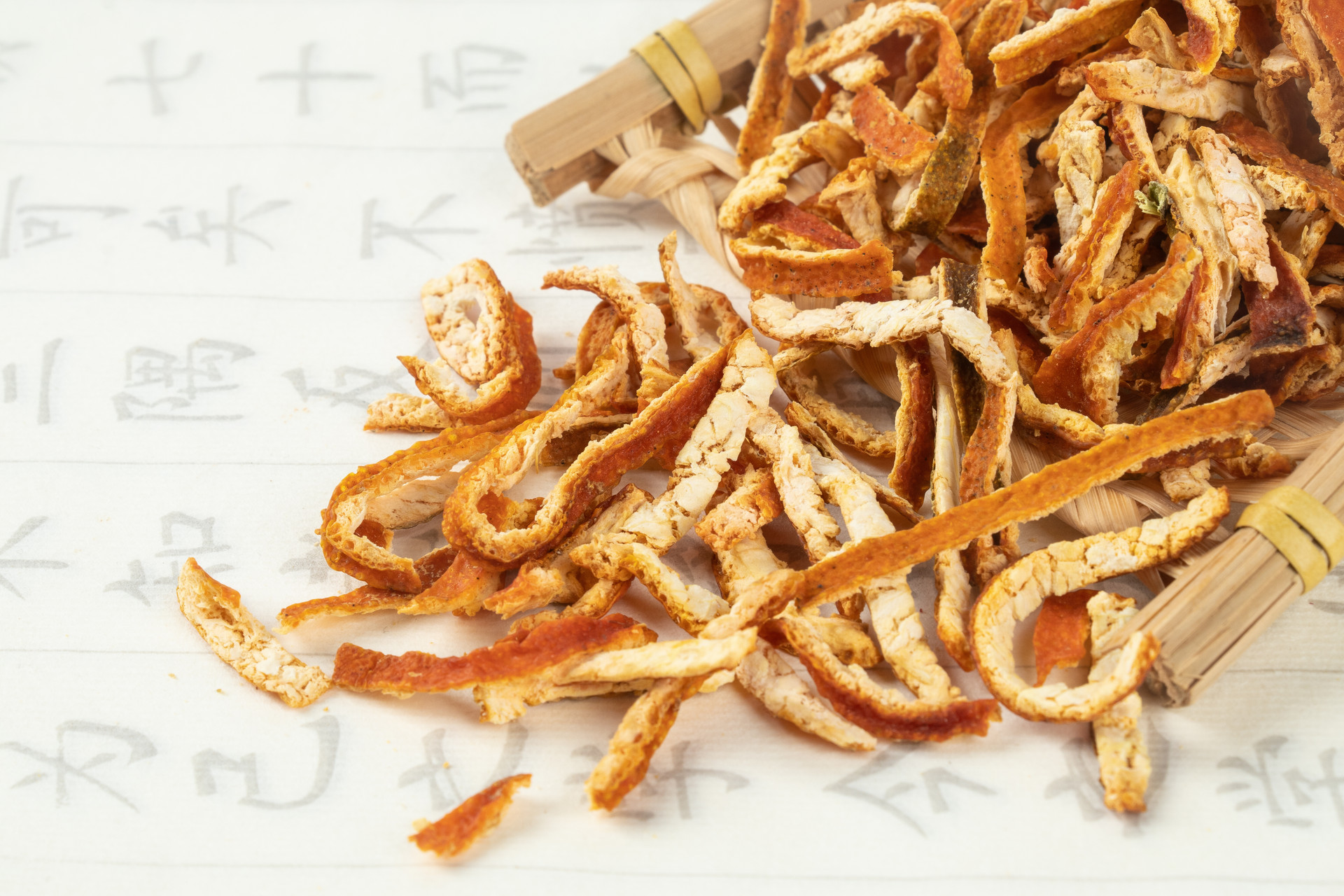Baogai grass, also known as pearl lotus, bone-setting grass, etc., is the whole plant of the plant Baogai grass in the family Lamiaceae. Because its plant form is similar to the umbrella cover of Buddhism and Taoism, it is called "Baogai grass". Let's learn about the medicinal value of Baogai grass below.
Baogai grass picture
【The Medicinal Source of Baogai Grass】
Baogai grass, wild sesame genus in the family Lamiaceae, is an annual or biennial herb. The name is easy to understand, just look at their appearance.
The upper lip of the small lip flower of this weed stretches straight up, which is the most attractive place, just like the umbrella cover commonly seen by the ancient people in Buddhism and Taoism, so it is called "Baogai grass".
The layers of leaves on the stem are like stacked lotus seats, so "Buddha seat" naturally became the name of this weed. If this weed is newly discovered in the present, what would it be called?
Plants are always closely related to human affairs. Plants and trees with their long lives can often introduce you to the current trend inadvertently. "Baogai", "Buddha seat", and other tree names and grass names related to "Buddha".
Most Baogai grasses bloom in purple, but there are exceptions. Occasionally, one or two white flowers can be seen in a cluster of pink and purple, with delicate purple spots on the white petals, which is extremely outstanding and eye-catching.
Baogai grass picture
【The Medicinal Characteristics of Baogai Grass】
Baogai grass is an annual erect herb. The stem is weak, square, often with purple color, and has sparse hairs that are inverted. It is 10-60 cm tall.
The leaves are kidney-shaped or round, with a heart-shaped or round base, with rounded teeth and small clefts on the edges, and hairs on both sides; leaves on the root have stalks, leaves on the stem have no stalks, and the base clasps the stem.
The flower circle has 2 to several flowers, without stalks, axillary, without bracts; the calyx is tubular, 5-6 mm long, with 5 teeth, and long and thin hairs on the outside and the tooth margin; the corolla is purple-red, 9-17 mm long, with hairs on the outside, and the corolla tube is slender;
There is no hairy ring at the base, the throat is expanded, the upper lip is upright, long and oval, helmet-shaped, and the lower lip is 3-lobed, with the middle lobe fan-shaped and deeply concave at the tip, and the side lobes are wide triangular; stamens are 4, 2 strong, anthers are reddish; stigma is 2-lobed, needle-shaped.
The small nut is long oval, with 3 edges, truncate at the top, dark brown, and with white scale-like projections. Flowering period is from March to April. Fruiting period is in June.
Baogai grass picture
【The Medicinal Value of Baogai Grass】
In fact, "Baogai grass" is not just beautiful, it is actually a tubular flower plant, an annual or biennial erect herb in the family Lamiaceae, and has strong medicinal value.
In Yunnan, China, Baogai grass is also called "bone-setting grass" and can be used for bone-setting treatment after fractures. In addition, Baogai grass has the effects of clearing heat and dampness, promoting blood circulation, dispersing wind, reducing swelling, and detoxification.
Orally, it can be used for jaundice hepatitis, lymph node tuberculosis, hypertension, facial nerve paralysis, and hemiplegia treatment.
When used externally, it has obvious effects on bruises, fractures, and eczema, so it is also called "bone-setting grass" among the people.
Although Baogai grass has obvious medicinal effects, everyone should not use it blindly in order to avoid toxic side effects on their own health.












